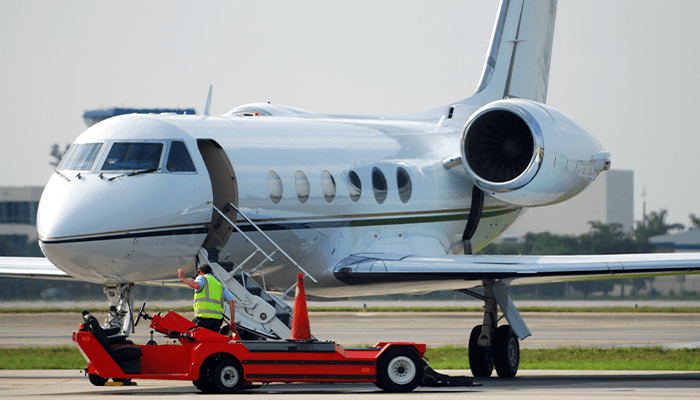
Safety Management Systems for FAA Part 135 and 91.147 Operations
Risk mitigation is a natural instinct in our profession, accomplished consciously and subconsciously every day. We’ve all heard about formal Safety Management Systems (SMS). Since 2018, those certified to operate under FAA Part 121 have been required to have one in place that is acceptable to the Administrator. The FAA describes a Safety Management System as a program that “promotes a defined structure and a “learning culture” within an aviation organization that continually seeks and analyzes information, then turns that information into action that eliminates or mitigates safety risks before they become unwanted events.”
Until now, many forward-leaning Parts 135 and 91 operators have also incorporated the principles of SMS into their operations. But changes coming with the release of the FAA Draft Part 5, anticipated in October 2024, are expected to require Part 135 and 91.147 operators to have an FAA-accepted SMS program in place by the third quarter of 2025.
This change is expected to affect over 4000 certificates. So, if you’re an on-demand/commuter charter operator or you carry passengers for compensation or hire, beginning and ending at the same airport, conducted within a 25-mile radius of that airport, this is coming for you.
But don’t be overwhelmed. Many people get caught up in big labels like Safety Management System and FAA Requirement. I bet that most of you follow sound risk mitigation practices daily. But ask yourself the following:
- Do you take credit for what you do?
- Do you have a real commitment to safety?
- Have you documented what might be tribal knowledge into a living format that helps you identify risk both proactively and predictively?
- Have you put controls in place to help prevent such risks?
If so, you’re halfway to a viable Safety Management System. The remarkable thing about SMS is that it can be adapted to fit the size and scope of any operator.
The most important aspect of a successful commitment to safety, such as SMS, is that it’s championed by senior leadership, who accepts ultimate responsibility for the safe operations of aircraft and provides proper resources to ensure its success. These resources include guidelines for acceptable behavior, as well as financial and staffing support. Without this top-down support, even the best efforts in developing a sustainable program are destined for failure.
What are the required components of an FAA-accepted Safety Management System? How can I comply without breaking the bank? An SMS isn’t mandated to me, so why should I make the effort to document what I do? Are we safe by luck or by design?
Through our Safety Advisor, we offer at no cost to you help in the development of Safety Management Systems, Emergency Response Plans, Policies, SOPs, Strategic Planning, and much more.

Featured News & Insights

When most folks think of Personal Injury liability, they think of late-night commercials or unending billboards advertising personal injury attorneys who want to represent them when they have been...

The physical damage coverage on your airplane is a fixed amount of exposure. That is, the maximum you stand to lose is the value of the aircraft, which is known. However, with liability insurance,...

Flying to Mexico can be an exciting adventure, whether for business or pleasure. However, it’s crucial to understand the insurance requirements to ensure a smooth journey. One common question pilots...